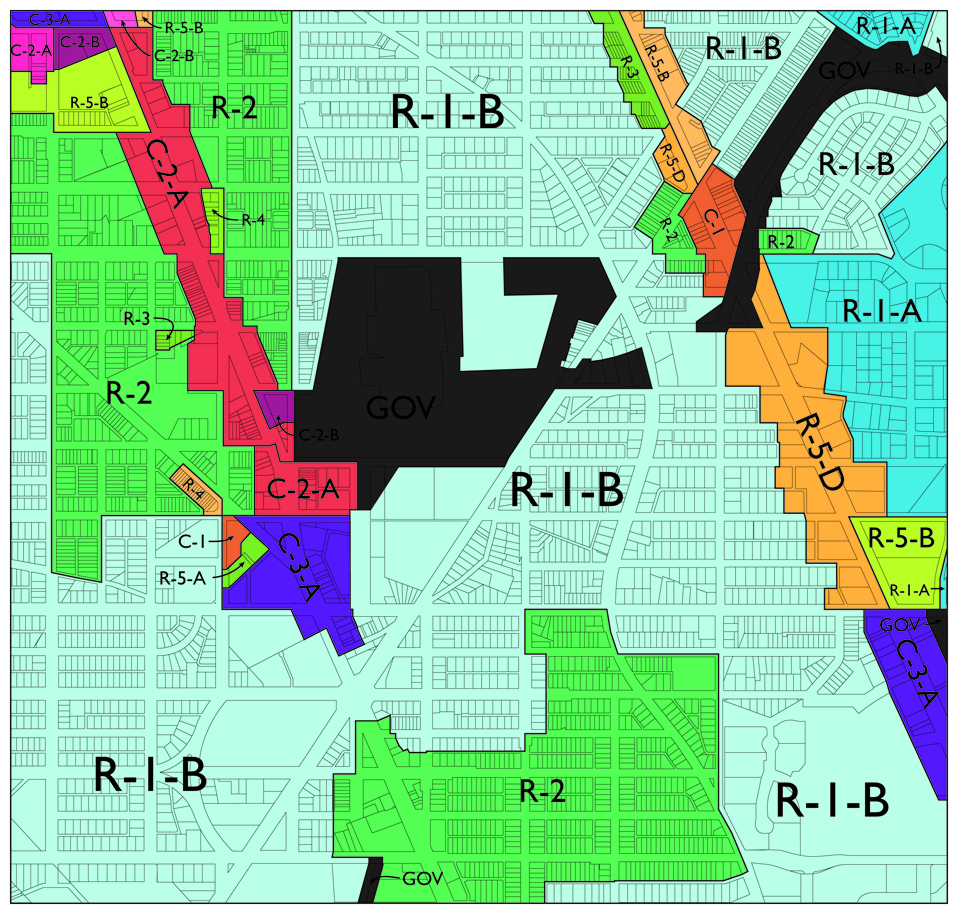
This weekend, up north of Van Ness, you have two great opportunities to get food and meet people, one sponsored by Ward 3 Councilmember Mary Cheh, the other by the Capitol Memorial Seventh-Day Adventist Church.
On Saturday, Mary Cheh is having her campaign kick-off at Murch Elementary School in Tobago, from 2-4. The event promises of food paired with speeches on the playground, in temperate weather. Mary Cheh has been a very strong supporter of economic growth, pedestrian safety, and neighborhood livability in Ward 3. Outside of the neighborhood, she has also fought hard for the much-needed education reforms of Michelle Rhee, while also fighting against Mayor Fenty’s cronyism and arrogant executive style. Map out Murch ES.
If you’re more of a religious person, especially one that dislikes meat, alcohol, coffee, and evangelists, the Capitol Memorial Church has its annual vegetarian food festival. Because they hold services on Saturday, the event will be on Sunday, the 16th, from 1PM-4PM. According to the DCist article on theevent, the diversity and volume of food is enormous. The CMC professes to have parishioners from 40 countries providing an unlimited transnational smorgasbord for $10 Map out the CMC.
PLUS: The Tenleytown Historical Society, Cultural Tourism DC, and The “Tenleytown Neighbors Association” are hosting a walking tour of Tenleytown on the 22nd, from 10-12:15. Tenleytown’s history is pretty fascinating, and I regret that I can’t really cover it enough on this blog. You should register at no cost to attend.

